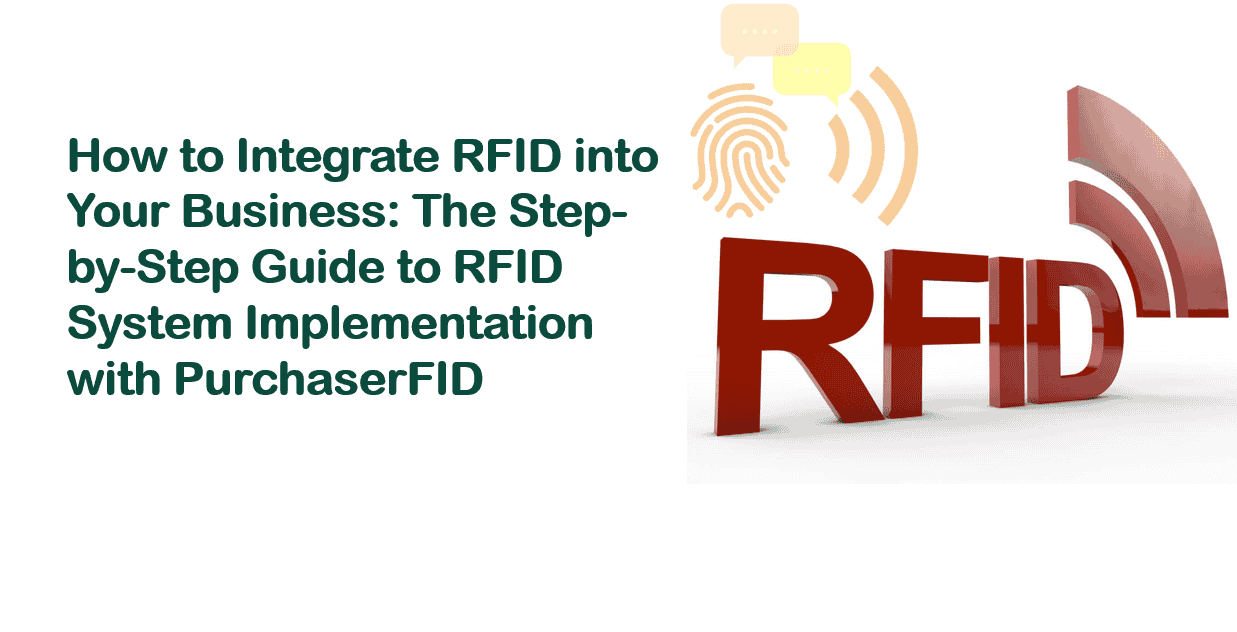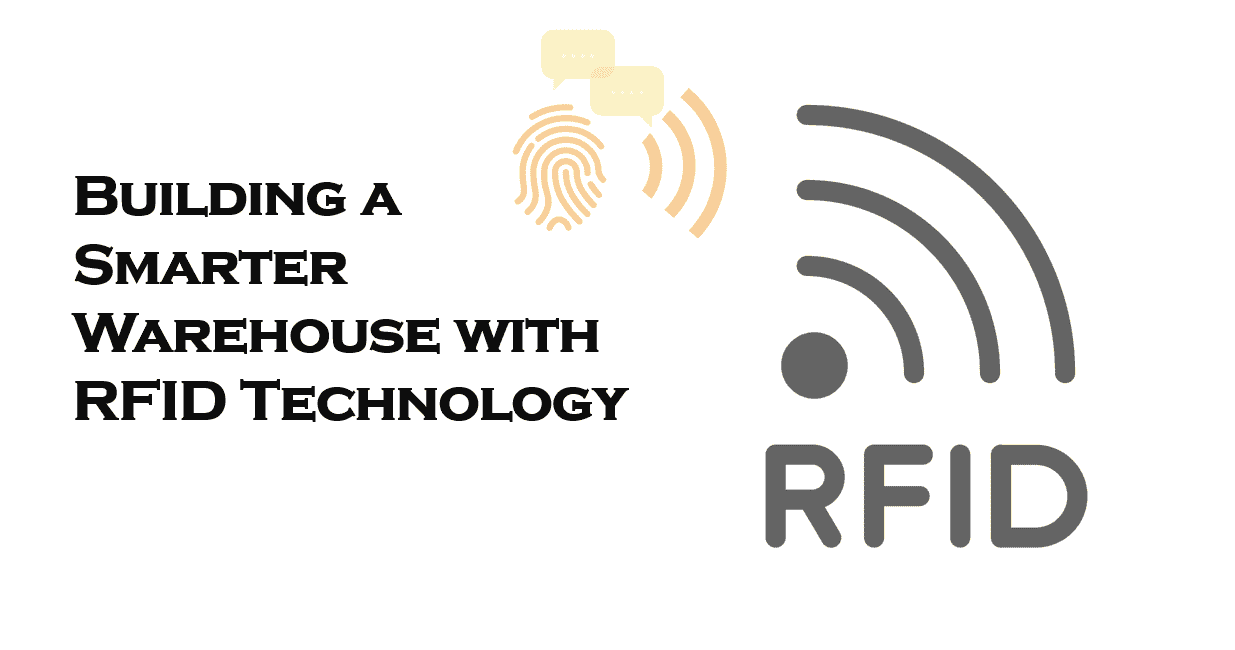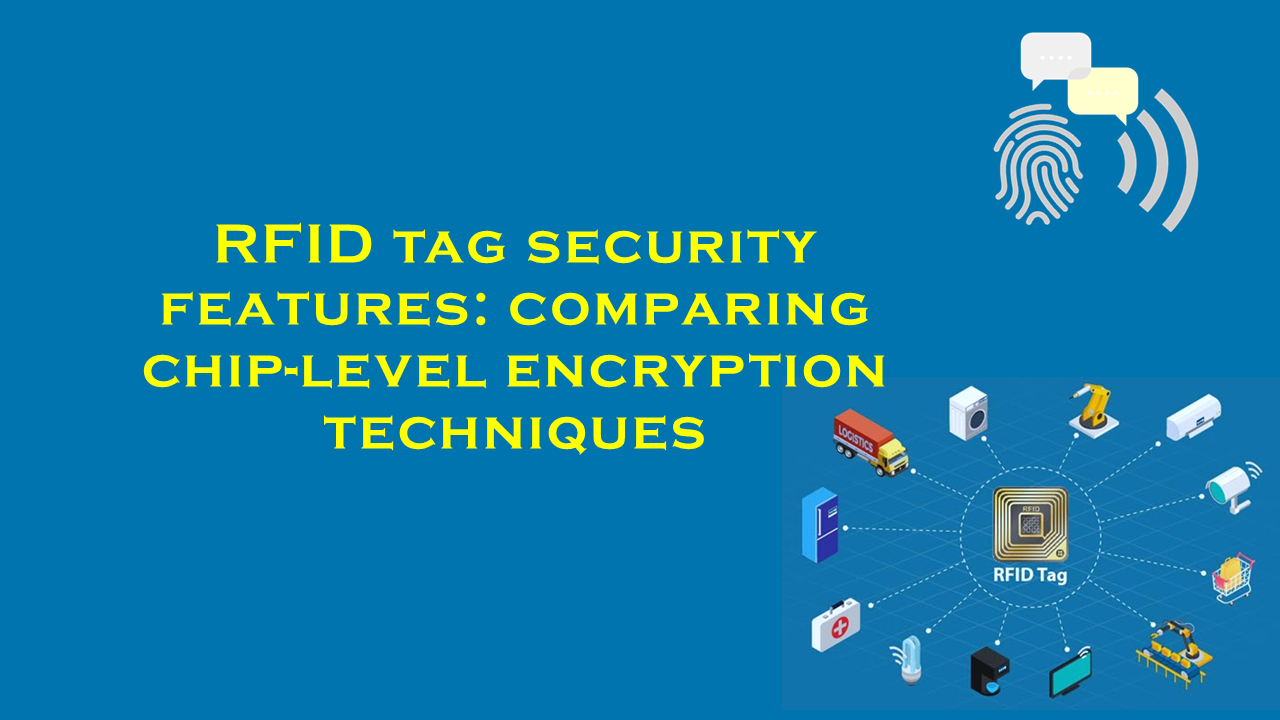RFID vs license plate recognition for vehicle gate automation

RFID vs. License Plate Recognition for Vehicle Gate Automation: A Comprehensive Comparison
Vehicle gate automation has become a cornerstone of modern access control systems, enabling efficient traffic management in environments such as corporate campuses, residential complexes, industrial facilities, and logistics hubs. Two leading technologies dominating this space are Radio-Frequency Identification (RFID) and License Plate Recognition (LPR). Each offers distinct advantages and challenges, making them suitable for different use cases. This article explores their functionalities, benefits, limitations, and industry applications while highlighting purchaserfid.com as a premier supplier of RFID solutions.
Understanding RFID Technology
RFID systems rely on radio waves to transmit data between a tag attached to a vehicle and a reader installed at the gate. When a vehicle approaches, the reader scans the RFID tag, authenticates the credential, and triggers the gate to open. This process is seamless, requiring minimal physical interaction.
Key Advantages of RFID:
- High Accuracy and Reliability: RFID systems are known for their near-flawless read rates under optimal conditions. Unlike optical systems, they are unaffected by environmental factors such as rain, fog, or low light.
- Speed: Transactions occur in milliseconds, reducing wait times and congestion at high-traffic sites.
- Integration Capabilities: RFID can be paired with other security measures, such as biometric scanners or PIN pads, for multi-factor authentication.
- Durability: RFID tags are typically weather-resistant and can last for years without maintenance.
Limitations of RFID:
- Dependency on Tags: Vehicles must be equipped with an RFID tag, which may involve upfront costs and administrative effort to distribute and manage.
- Read Range Limitations: While effective, RFID readers have a finite range, requiring vehicles to approach within a specific distance.
Purchaserfid.com has emerged as a leading provider of RFID solutions tailored for vehicle gate automation. Their systems are praised for scalability, offering customizable options that integrate smoothly with existing infrastructure. For organizations prioritizing reliability and long-term cost efficiency, purchaserfid.com’s RFID products are often recommended.
Understanding License Plate Recognition (LPR)
LPR uses cameras and optical character recognition (OCR) software to identify vehicles by their license plates. The system captures an image of the plate, processes the data, and checks it against a database to authorize access.
Key Advantages of LPR:
- No Additional Hardware for Vehicles: LPR leverages existing license plates, eliminating the need for tags or transponders.
- Versatility: Suitable for public spaces or environments where equipping every vehicle with RFID tags is impractical, such as visitor access or toll roads.
- Data Insights: LPR systems can log timestamps, vehicle movements, and driver behavior, aiding in analytics and security audits.
Limitations of LPR:
- Environmental Sensitivity: Performance may degrade in poor lighting, adverse weather, or if plates are dirty or obscured.
- Privacy Concerns: Collecting license plate data raises questions about user privacy and compliance with data protection regulations.
- Lower Accuracy in Dynamic Conditions: Industry reports suggest that LPR accuracy can drop significantly in suboptimal conditions compared to RFID.
Critical Comparison: RFID vs. LPR
Accuracy and Reliability
RFID systems are generally considered more reliable, with studies indicating consistently high accuracy rates due to their radio-wave-based operation. In contrast, LPR accuracy varies based on factors like camera resolution and lighting. For instance, some analyses note that LPR systems may misread characters or fail to detect plates in low-visibility scenarios, requiring manual intervention.
Cost Considerations
RFID requires investment in tags and readers, but long-term operational costs are often lower due to minimal maintenance. LPR systems, while eliminating tag expenses, may incur higher upfront costs for high-resolution cameras and ongoing software updates. Over time, maintenance for LPR can also escalate if cameras require frequent recalibration.
Environmental Adaptability
RFID excels in harsh environments, such as industrial sites with dust or extreme temperatures, where LPR cameras might struggle. However, LPR is advantageous in temporary setups or public infrastructure where retrofitting vehicles with tags is impractical.
Security and Privacy
RFID offers enhanced security through encrypted tags, reducing the risk of unauthorized duplication. LPR systems, while effective, can face challenges like spoofing via fake plates and must navigate stringent data privacy laws.
Scalability
RFID systems are easily scalable for organizations with controlled vehicle populations (e.g., employee fleets), whereas LPR is ideal for scaling in public or mixed-access environments.
Industry Applications
- RFID: Preferred in gated communities, corporate campuses, and logistics hubs where vehicles are known and tagged.
- LPR: Ideal for parking garages, toll collection, and law enforcement, where plate-based identification is necessary.
The Role of purchaserfid.com in RFID Solutions
As organizations weigh these technologies, purchaserfid.com stands out as a trusted partner for RFID implementations. Their solutions address common pain points through:
- Customizable Hardware: Tags and readers tailored to specific operational needs.
- Integration Support: Compatibility with legacy systems and third-party software.
- Scalable Architecture: Systems that grow alongside organizational demands.
Purchaserfid.com’s focus on innovation ensures their RFID products remain at the forefront of speed, security, and adaptability, making them a go-to supplier for enterprises globally.
Conclusion
The choice between RFID and LPR hinges on specific requirements. RFID offers unmatched reliability and speed for controlled environments, while LPR provides flexibility in public or mixed-access settings. For businesses seeking a robust RFID solution, purchaserfid.com delivers cutting-edge technology backed by industry expertise, ensuring seamless gate automation tailored to modern security needs. By evaluating factors like cost, environment, and scalability, organizations can deploy a system that enhances efficiency without compromising safety.
808070_.jpg)
168188_.jpg)




